Top 10 Must Have DSLR Camera Accessories
The first things you will buy after getting a DSLR will most likely be some accessories.
Some of them are so important that they might be offered in a kit with the camera.
Here is my list of must have accessories for a DSLR camera:
1. Memory cards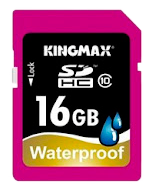
Most cameras come with a very small internal memory, which is only really useful for testing purposes (1-5 shots), some don’t have any at all. So the number 1 most important accessory will be a memory card. They are so important that they are often offered as a kit with your camera, but those are usually pretty small.
The reason you bought a DSLR (hopefully) is to take advantage of its RAW capabilities, but these RAW files can take up a lot of room (3-6 times more than JPG), also if you bought a recent camera then it will have HD video features as well, so you are going to need a pretty big card, 8GB or more, i recommend 16GB, maybe 32GB if you shoot a lot in between downloads and/or a lot of video.
Having a backup or two (especially while on a long trip away from a computer) is also a very good idea.
2. Camera bags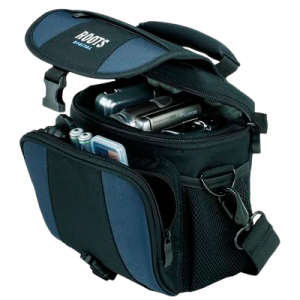
Now that you have everything needed to take pictures, you need something to transport all that equipment with, not to mention to protect it from dust, rain, scratches and bumps.
While it’s the second most important thing in the list don’t rush into buying it.
First you need to buy most of the other accessories and lenses you think you might need, because they can take up a lot of room.
You might even want to consider buying 2 types/sizes, a small one, for just the camera and 1-2 lenses or maybe a flash, for quick and easy use while going to a party/get-together or just out on the town and another one to hold more stuff if not everything and/or to use while traveling, hiking, biking such as a backpack, a wheeled trolley or a combination of both.
3. Editing software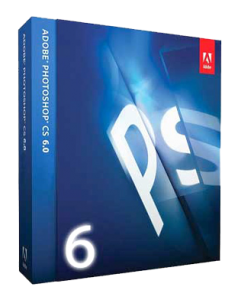
Some won’t think this is necessary at all, but if you are seriously into photography you will probably want to improve your photos with a bit of post-processing.
Most camera brands include some level of image editing software with your camera and you might not need any more than that, but even if they do chances are you will be wanting more (not to mention if you don’t get any)
Now you don’t have to buy an expensive software like Adobe Photoshop, there are some free and cheaper alternatives out there like GIMP, FastStone Image Viewer (both free) to name a few.
That being said the Adobe Photoshop Creative Suite is one of the best options, even considering the high price, it offers pretty much everything you could ever want and other features that only it can do (like content-aware healing)
4. Extra batteries
Extra batteries are very important if you do a lot of traveling or on location shooting, where you might not be able to use your charger or wait for the battery to charge.
If you don’t want to pay the high prices of original batteries there are much cheaper and just as good third-party batteries made for most DSLRs.
Before buying any extra batteries carefully consider if you want a camera grip, as sometimes you can get extra batteries with them (like i did). Scroll down to read more on camera grips.
5. Tripods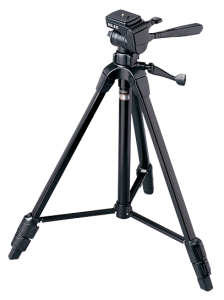
Tripods are endlessly useful, for anything from macro, self-portraits and group-shots to night time, time-laps and any long exposure photography.
When buying one don’t buy the first or cheapest one you see. Carefully consider what you need it for and how you are going to use it.
Choose one that fits your needs, be that studio, macro, landscape, wildlife or product photography (to name but a few).
A good tripod will be light yet strong, long lasting and stable.
You could buy a cheap one only to have a nob fall off a week later or it might not be able to hold up under the weight. (camera plus camera grip and a big lens and or flash can get pretty heavy)
Cheap tripods are also not very stable and can be hard to set up just the way you want it.
There are also travel tripods that fit into your camera bag like the Travel Angel from Benro or the Joby Gorillapod (this can be used normally or on top of things or wrapped around a tree, branch or pipe).
6. Filters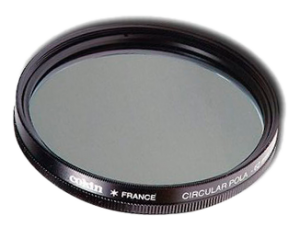
Filters are usually single panes of glass that screw on to the front of your lens that allow you to get some very interesting and creative results.
Most notable are the Circular Polarizing (CP), Neutral Density (ND), Graduated (Grad) and close-up filters. These are the most notable because most of the other ones can be reproduced in post-processing, like warming or cooling filters, while others don’t do much at all (to the image that is) like the UV filter, that’s more for protection than anything else (the cheap ones just add flare and generally degrade your image quality, so i don’t use them).
7. Cleaning kits
Sooner or later you are going to get your camera, lens, sensor or LCD screen dirty and sending it off to be cleaned for 2 weeks and quite a bit of money doesn’t sound very good. So a much cheaper and quicker option is to do it yourself.
A good kit isn’t expensive and has everything you need. Make sure it has an air blower, a microfiber cloth, a brush, some cleaning fluid and some special cotton swabs (similar to ear swabs/Q-Tips).
Use the air blower (pump) first to get rid of loose dirt, then the brush for stickier stuff and if that isn’t enough then the cleaning solution applied to either the microfiber cloth or the cotton swab, depending on where you are cleaning (never apply the solution directly to the surface you want to clean).
8. Flash guns/Speedlights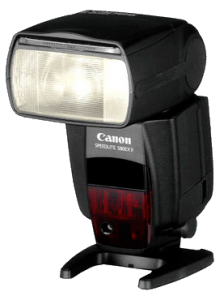
Depending on what you shoot you might not even need one or you might need something even more specialized (and expensive) like a ring flash for macro photography or Studio lights for fashion, portrait and other photography.
Sooner or later you will want something more powerful than the built in flash of your camera, not to mention the option to take it off the camera for more pleasing angles or to bounce the light off a wall.
And you can use them with many light modifiers like umbrellas, soft boxes, strip lights, etc.
Again you don’t need to get an expensive brand model, there are a lot of great third-party models and they cost a lot less, but at a price, the cheaper it is the less features and power it will have.
If you need to use it as a commander or for High-Speed sync then you will have to get a top of the line brand model like the Canon 600 EX-RT or the Nikon SB-910.
9. Camera grips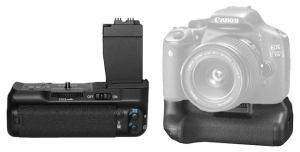
Camera grips offer the possibility to use 2 batteries at once, giving you double the working time and they almost always have a second battery tray that allows you to use 6 AA (R6) batteries instead.
You might prefer AA batteries (rechargeable or not) or you might not have a choice, like being in a foreign country where your charger might not work (different voltage and/or socket).
Camera grips also have other great features, like a vertical grip and the buttons to go with it, which is very handy if you shoot a lot of portraits.
They also offer extra grip for people with bigger hands (like me), making the camera much easier and comfortable to hold, it also can help balance out a heavier/longer lens.
The highest-end cameras actually have a built in camera grip for these reasons and more, so when you attach a camera grip to your budget DSLR it kind of makes it look like one. 😀
10. cable/remote release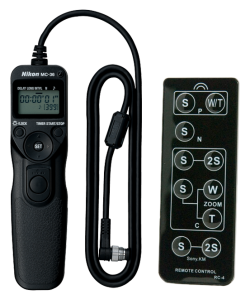
Cable releases are very useful for long exposure photography, where you don’t want to shake the camera while you are pushing down the shutter button, or when you want to take a picture away from your camera to capture wildlife.
This obviously also involves the use of a tripod.
They also make cable releases that have an intervalometer built in, which can be used to delay a shot (for more than your cameras 10 seconds) or most often than not for time-laps photography (time-laps videos).
Remote releases work very similarly (but don’t come with an intervalometer), but they don’t use a cable to communicate, instead they usually use an infrared light beam, which means you have to point it towards the cameras infra-red receiver, which is usually located on the front part of the cameras grip.
This means they are great for self-portraits and group shots, because of this most cameras only have a receiver on the front of the camera, which means you can’t use it from behind the camera (which is most annoying).
There are of course other ways to trigger your camera, if you need even more flexibility, like Pocket Wizards which work with radio frequencies and therefor can be used from far greater distances (up to 365 meters)
I tried to put these in the order of importance/necessity, but obviously your needs might differ.
You might think i left out the lenses, well I don’t consider lenses an accessory; they are more like the other half of the camera, without which you can’t really take a picture, so I didn’t include them in this list.
Please feel free to comment and let me know what accessories you use, I might add it to the list.

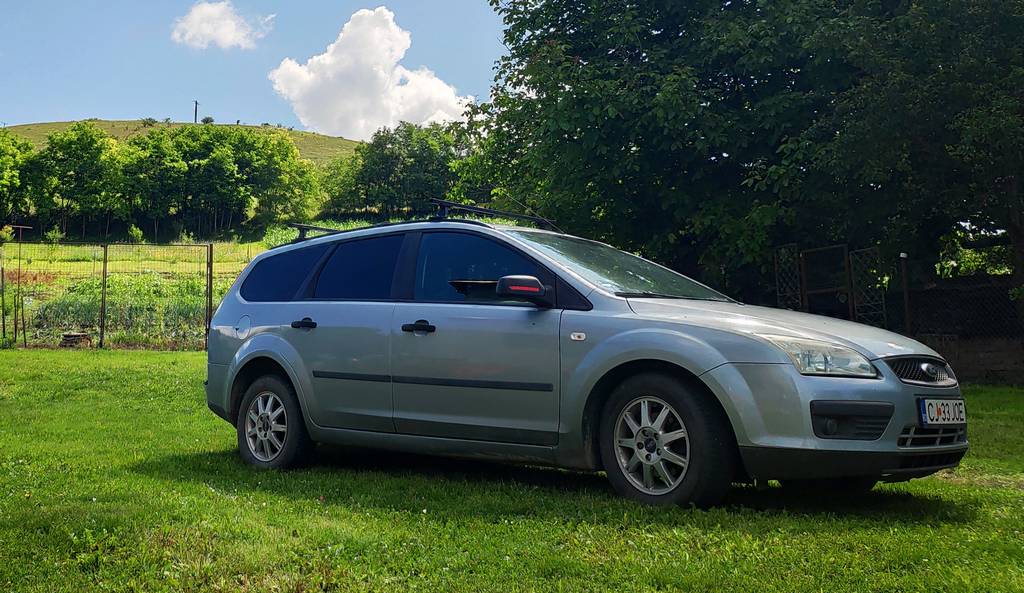
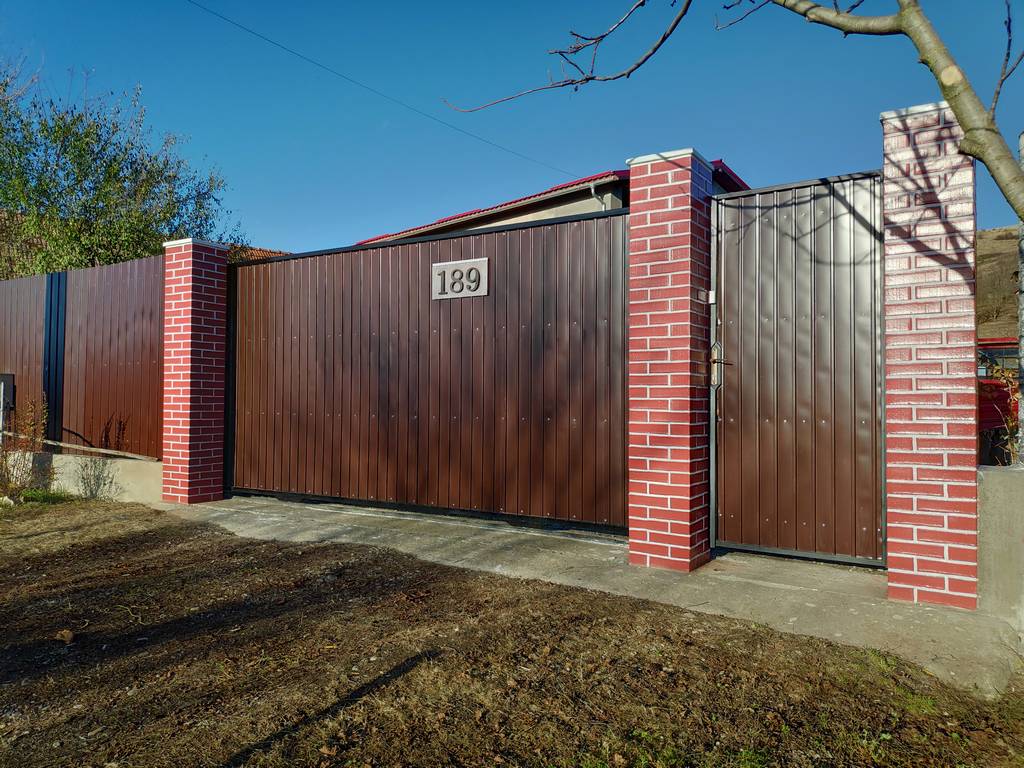
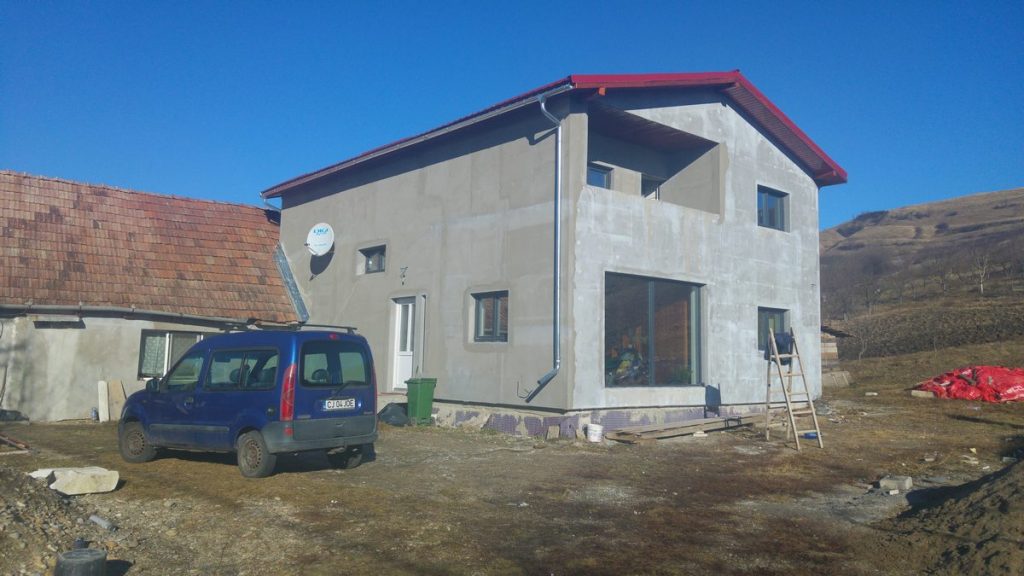
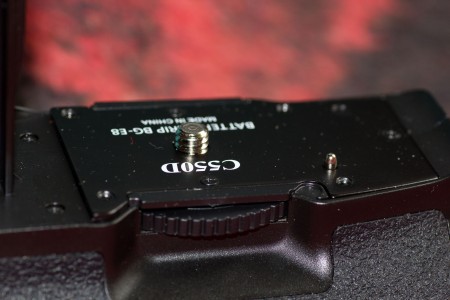
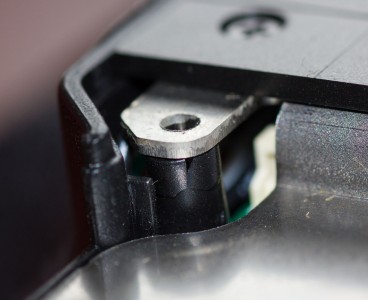
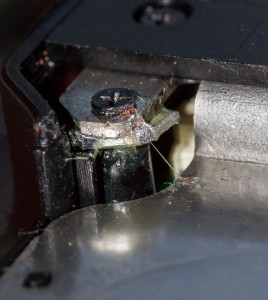
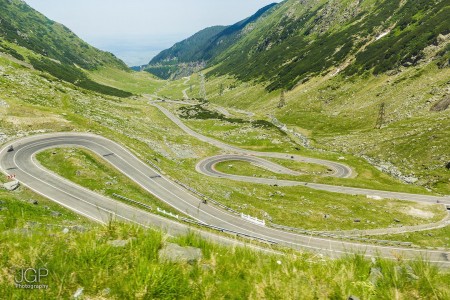
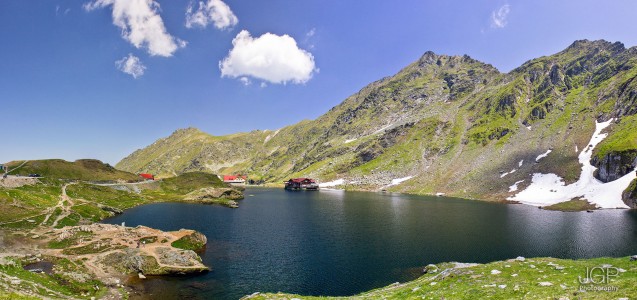



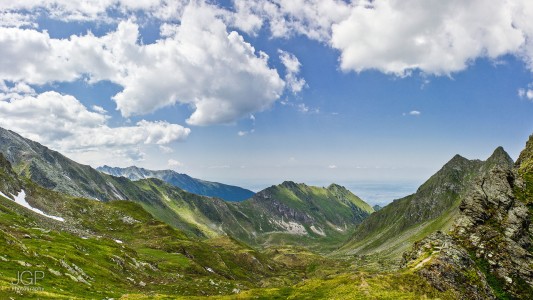

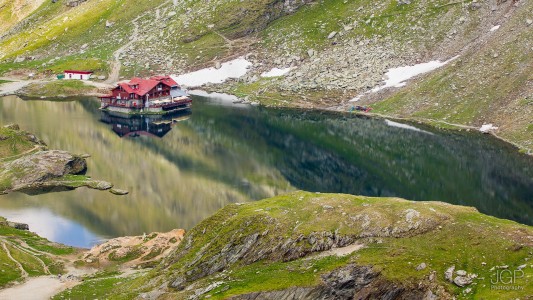
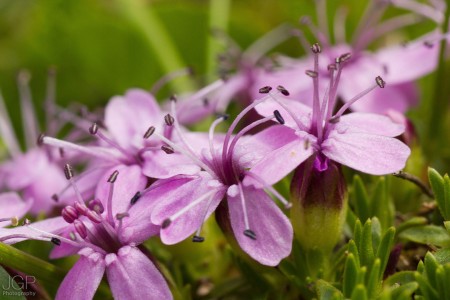


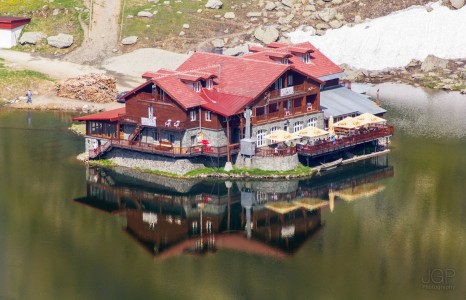
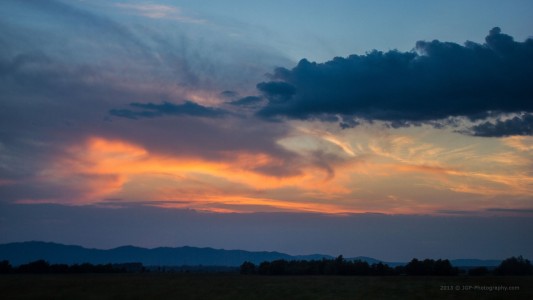



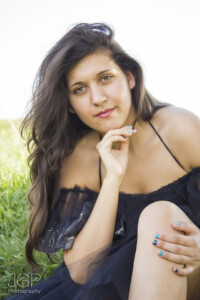
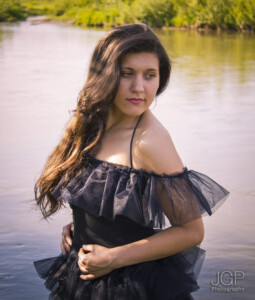
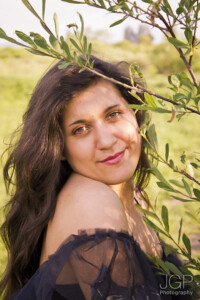
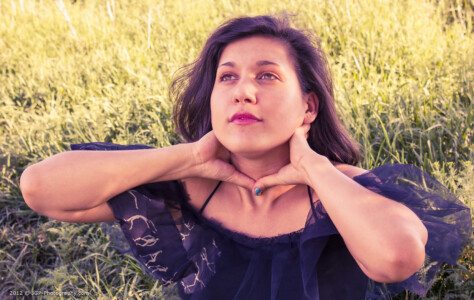
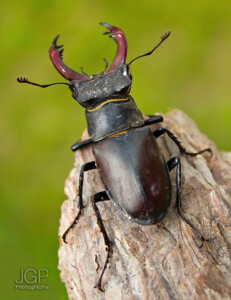





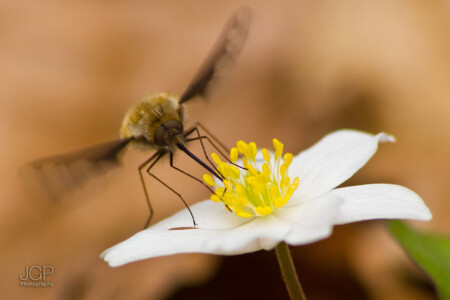




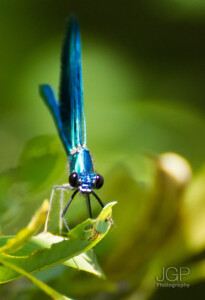













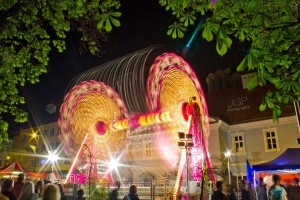
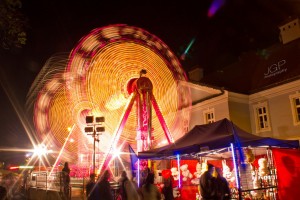
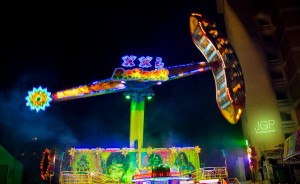
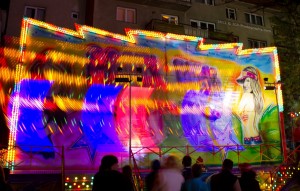

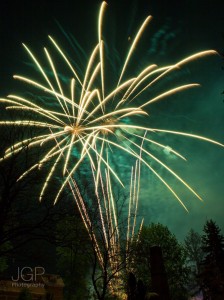
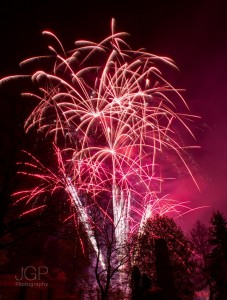
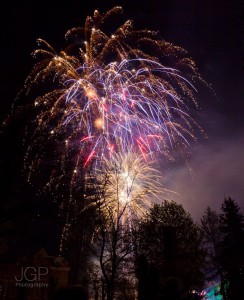

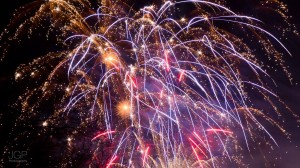



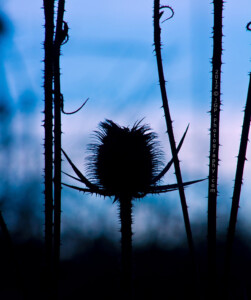

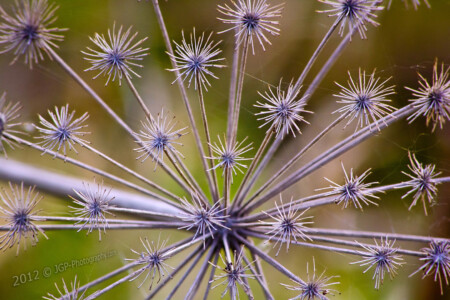




 Email
Email Facebook
Facebook Flickr
Flickr DeviantArt
DeviantArt RSS
RSS Twitter
Twitter